When it launches in 2,022 the GOES-T satellite will watch over Earth and give us early warning of natural disasters. But preparing it is an epic task for Lockheed Martin.


When it launches in 2,022 the GOES-T satellite will watch over Earth and give us early warning of natural disasters. But preparing it is an epic task for Lockheed Martin.
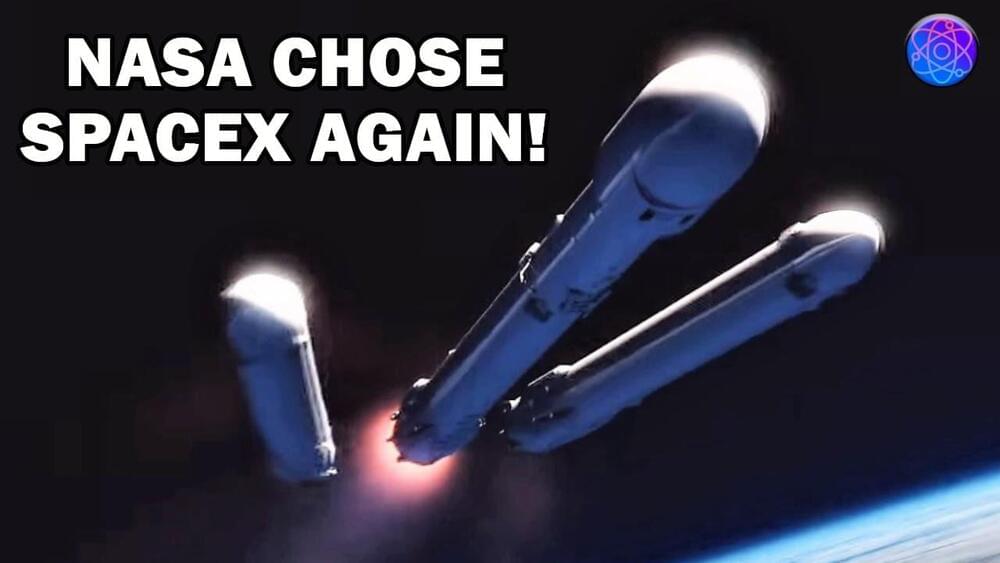
NASA Once Again Chooses SpaceX For New Mission GOES-U: GOES-U will provide advanced imagery and atmospheric measurements of Earth’s weather, oceans, and environment, as well as real–time mapping of total lightning activity and improved monitoring of solar activity and space weather.
These satellites will be used by NOAA to forecast potentially hazardous weather and regularly monitor the weather. The weather of a particular region can be seen through the GOES-R series of satellites.
On the website, it says, “The GOES-R Series provides advanced imagery and atmospheric measurements of Earth’s weather, oceans and environment, real-time mapping of total lightning activity, and improved monitoring of solar activity and space weather.”
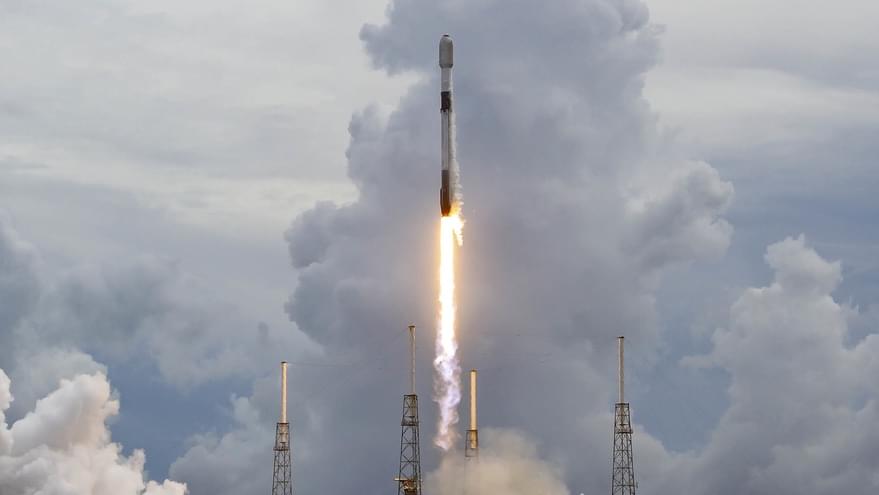
DUBAI, U.A.E. — SpaceX has won a contract to launch an Emirati high-resolution imaging satellite on a Falcon 9 rideshare mission in 2023.
The Mohammed Bin Rashid Space Centre (MBRSC) announced at an Oct. 27 press conference here, held during the 72nd International Astronautical Congress, that it selected SpaceX to launch its MBZ SAT satellite in the second half 2023. The center did not disclose the value of the contract.
Salem AlMarri, deputy director general of MBRSC, said the center looked at several launch providers for the mission. “At the end of the day, we look, for each mission, what is best. For this mission, SpaceX was the best.”
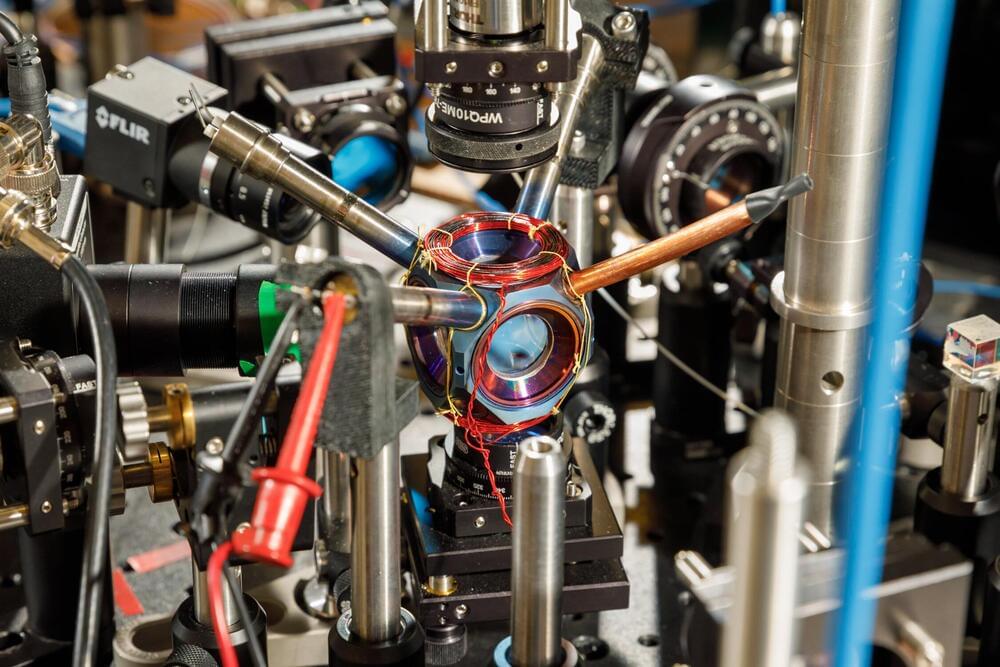
Don’t let the titanium metal walls or the sapphire windows fool you. It’s what’s on the inside of this small, curious device that could someday kick off a new era of navigation.
For over a year, the avocado-sized vacuum chamber has contained a cloud of atoms at the right conditions for precise navigational measurements. It is the first device that is small, energy-efficient and reliable enough to potentially move quantum sensors—sensors that use quantum mechanics to outperform conventional technologies—from the lab into commercial use, said Sandia National Laboratories scientist Peter Schwindt.
Sandia developed the chamber as a core technology for future navigation systems that don’t rely on GPS satellites, he said. It was described earlier this year in the journal AVS Quantum Science.
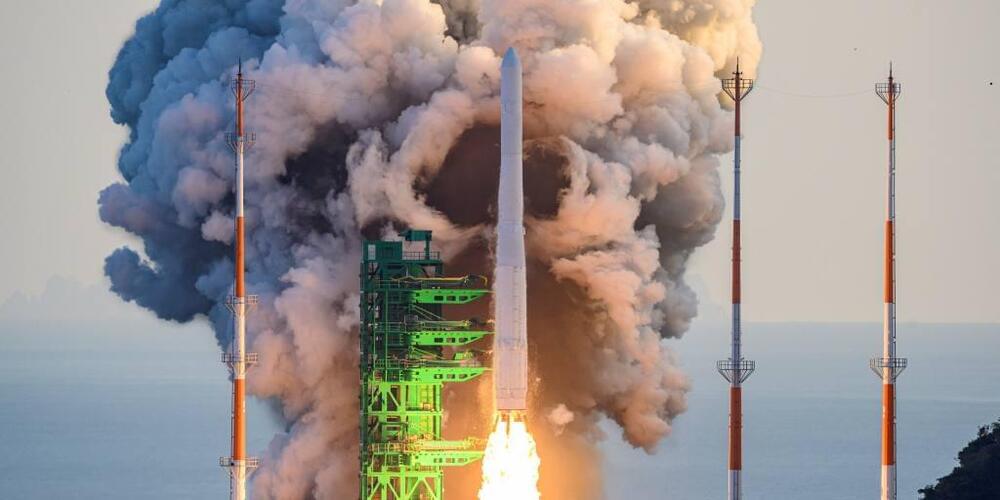
GOHEUNG, South Korea — South Korea failed to deliver a satellite into orbit on Thursday, crushing its dream to become the 10th country in the world to reach the milestone using its own technology.
President Moon Jae-in said that the three-stage Nuri rocket could not reach orbit, although it flew as high as 700 km into space after all its three stages separated successfully.
“I am sorry that we could not reach the goal completely, but it’s still a very excellent accomplishment,” Moon said after the launch at the Naro Space Center on South Korea’s southernmost island of Oenarodo. “We have an uncompleted mission to deliver a dummy satellite into orbit safely.”
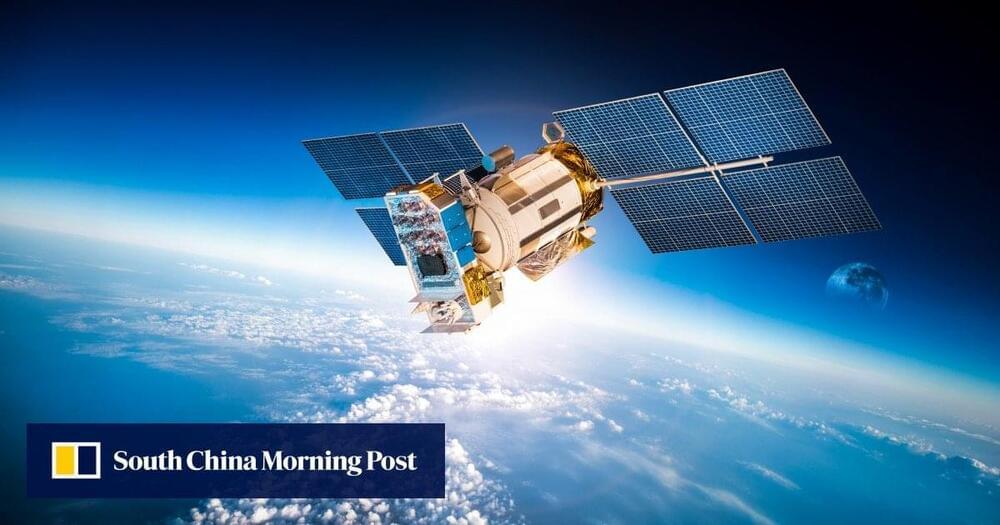
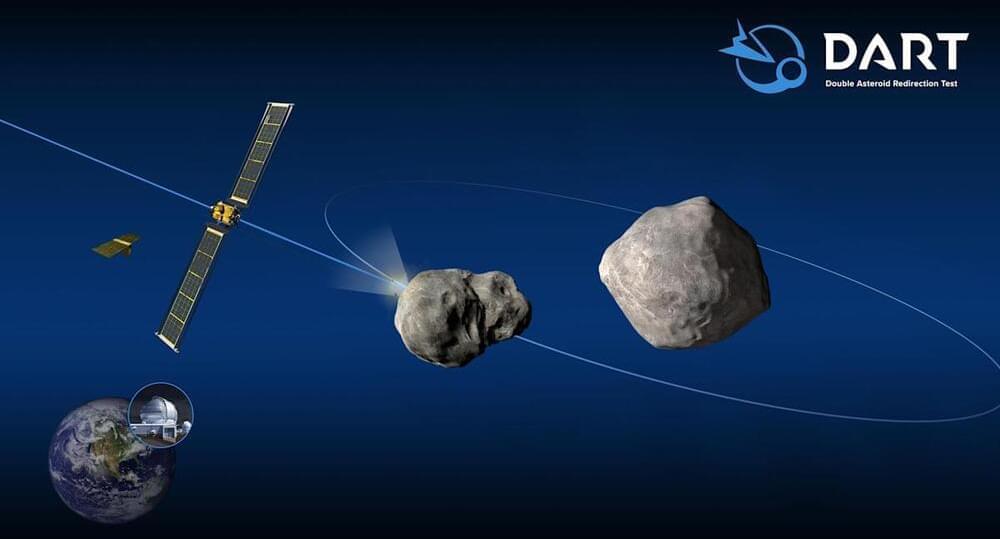
NASA has a launch date for that most Hollywood of missions, the Double Asteroid Redirection Test, which is basically a dry run of the movie “Armageddon.” Unlike the film, this will not involve nukes, oil rigs or Aerosmith, but instead is a practical test of our ability to change the trajectory of an asteroid in a significant and predictable way.
The DART mission, managed by the Planetary Defense Coordination Office (!), involves sending a pair of satellites out to a relatively nearby pair of asteroids, known as the Didymos binary. It’s one large-ish asteroid, approximately 780 meters across — that’s Didymos proper — and a 160-meter “moonlet” in its orbit.
As the moonlet is more typical of the type likely to threaten Earth — there being more asteroids that are that size and not easily observed — we will be testing the possibility of intercepting one by smashing into it at nearly 15,000 miles per hour. This will change the speed of the moonlet by a mere fraction of a percent, but enough that its orbit period will be affected measurably. Knowing exactly how much will help us plan any future asteroid-deflection missions — not surprisingly, there isn’t a lot of existing science on ramming your spacecraft into space rocks.
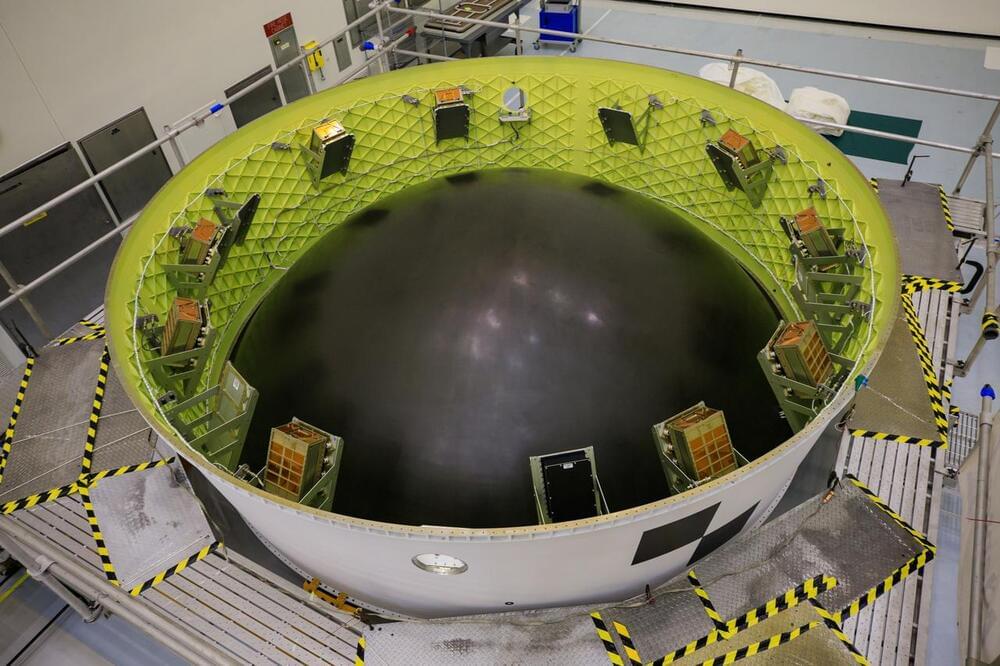
Workers at NASA’s Kennedy Space Center have lifted the Orion Stage Adapter on top of the Space Launch System moon rocket, adding the structure housing 10 CubeSat rideshare payloads heading into deep space on the Artemis 1 mission. But three of the CubeSat missions missed their opportunity to fly on the first SLS mission.
Teams inside the Vehicle Assembly Building at Kennedy raised the Orion Stage Adapter on top of the Space Launch System rocket Friday evening, according to Madison Tuttle, a NASA spokesperson.
The mounting of the circular adapter structure is one of the final steps in stacking the SLS rocket inside High Bay 3 of the iconic assembly building. The Orion spacecraft, NASA’s human-rated moon ship, will be added to the rocket in the coming days to complete the build-up of the 322-foot-tall (98-meter) launch vehicle for an unpiloted test flight to lunar orbit and back to Earth.
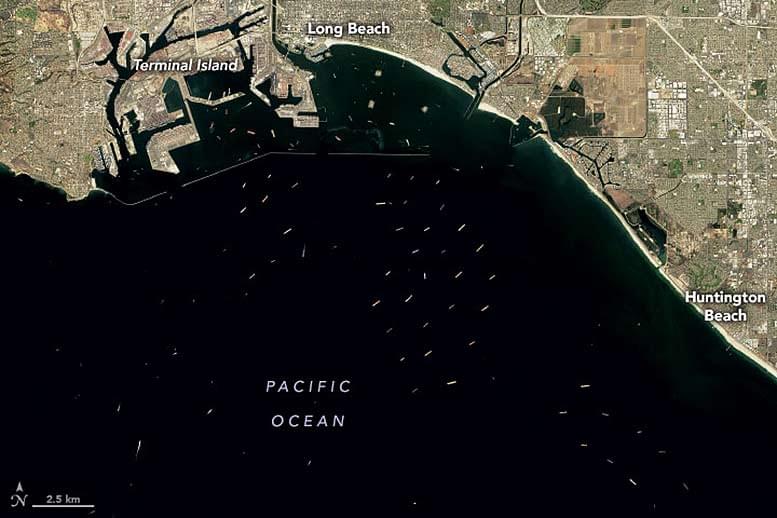
The pandemic has disrupted global supply chains and markets in ways that have led to backlogs of cargo ships at key ports.
Booming demand for consumer and goods, labor shortages, bad weather, and an array of COVID-related supply chain snarls are contributing to backlogs of cargo ships at ports around the world.
Among those seaports are the Port of Los Angeles and Port of Long Beach in Southern California, the two busiest container ports in the United States. On October 10 2021, the Operational Land Imager (OLI) on Landsat 8 captured this natural-color image of dozens of cargo ships waiting offshore for their turn to unload goods. On the same day, the Advanced Spaceborne Thermal Emission and Reflection Radiometer (ASTER) on NASA.

A company building chips designed for AI at the edge gets $136M: There’s no shortage of funds for any chip firm building processors for AI. After a desert of chip funding in the mid-aughts, I’m grateful for it, but it’s an overwhelming amount of money…
Tiny satellites and radios made for tracking big animals: This article is really interesting and shows just how small but powerful tracking devices have become when it comes to keeping an eye on the animal population. For example, not too long ago a tracking device meant for specific sharks would cost $10,000. These days? Open source projects combined with low-cost radios drop the price to just over a tenth of that. These aren’t just for the biggest of the big, though. One researcher at Yale has attached small “backpacks” weighting just 3.5 grams to 55 American robins to follow their migration path and time. Aside from the decreased price of the radio technology, it’s impressive how this community is working together on a common problem. (Washington Post) — Kevin C. Tofel.